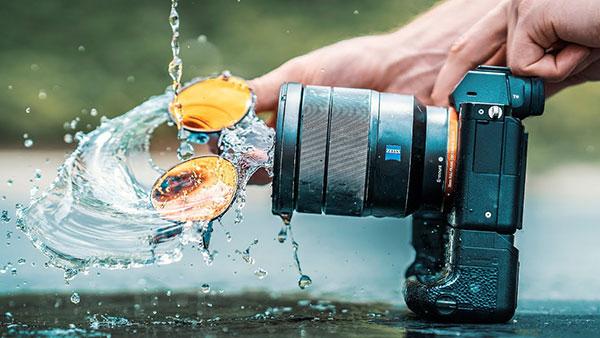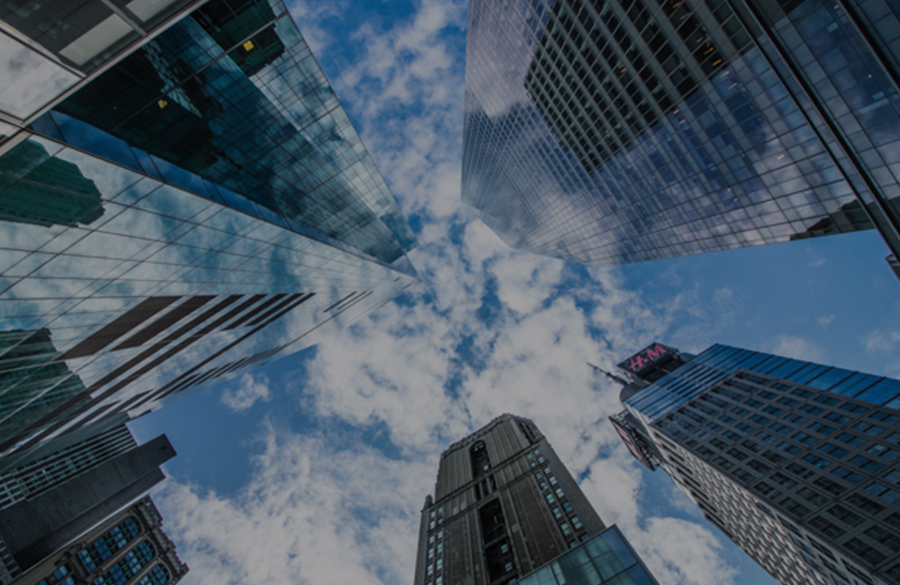



Some of my final images:
















Editing One Image
I decided to edit this picture because I really like the composition and the way the light hits the brushes. I thought the detail on the brush looked very interesting and I wanted to make them stand out more by turning up the contrast and texture. I turned the hue down and saturation up for the colour red in order to make the table cloth more visible and the embroidered rose stand out. I also played around with the other colours until I could something I liked. I cropped the image because I think its looks better close up due to the details of the brush.


Final Edits




Alfred Krupp 1963 – Alfred Krupp, ‘The Cannon King’, was a German industrialist known for his worldwide sale of cast steel cannons and other armaments. He is most famously known for supplying the German army during WW2 with cannons and other weapons.
In my opinion, Arnold Newman is trying to portray Alfred Krupp as a sinister figure in an industrialised world. The lighting in the image is dark and ominous, with harsh lighting sculpturing his face. this harsh lighting creates an almost hell-like tone on Alfred’s face. There is a bright light behind Krupp which could symbolise a halo, this contrasts with the dark harsh lighting on his face. As well as this, the lighting shining on his face is from either side of his, creating these devil- like horns on his forehead. The idea behind this could be that to the Germans, Kropp was seen as an angel and someone who helped them through war, however to everyone else he is portrayed as a man of sin and someone easily compared to satin. the photographer uses a wide angle on the image for possible two reasons, one of them being that Kropp wanted to show off his industrial inventions and had requested this. On the other had the photographer may have used a wide angle lens to highlight the damage Kropp has done in his lifetime, and is trying to make his a less important factor in the image.
Toggle panel: Post WorktimeCurrent worktime: 00:00:20
Total worktime: 00:00:16

Cyanotype is a photographic printing process that produces a cyan-blue print. Engineers used the process well into the 20th century as a simple and low-cost process to produce copies of drawings, referred to as blueprints
English botanical artist, collector and photographer Anna Atkins was the first person to illustrate a book with photographic images. Her nineteenth-century cyanotypes used light exposure and a simple chemical process to create impressively detailed blueprints of botanical specimens.
During our day at Hamptonne we attempted to make out own cyanotypes using natural items we found near where we were working.
The corn riots are modern celebration of Jerseys democracy which began in 1769, when the actual riots took place over grain shortages which turned into the royal court being stripped of its power.

Now we celebrate the starting of our democracy with a holiday on September 26.

Rioters paraded from trinity church to the royal square in 1769. now others follow the route taken, on September 26.
There were 500 rioters at the royal square because the price of wheat led to a shortage across the island.
2 years later, all of this led to the code of 1771 was introduced making the states the only body in jersey to make laws.

https://www.jerseyheritage.org/jersey-corn-riots
In 1767, people protested about the export of grain from the Island. Anonymous threats were made against shipowners and a law was passed the following year to keep corn in Jersey. In August 1769 the States of Jersey repealed this law, claiming that crops in the Island were plentiful. There was suspicion that this was a ploy to raise the price of wheat, which would be beneficial to the rich, many of whom had ‘rentes’ owed to them on properties that were payable in wheat.
A group of disgruntled individuals from Trinity, St Martin, St John, St Lawrence and St Saviour marched towards Town where their numbers were swelled by residents of St Helier. The group was met at the door of the Royal Court and was urged to disperse and send its demands in a more respectful manner. However, the crowd forced its way into the Court Room armed with clubs and sticks. Inside, they ordered that their demands be written down in the Court book.
Black Lives Matter Movement
https://blacklivesmatter.com/about/
#BlackLivesMatter was founded in 2013 in response to the acquittal of Trayvon Martin’s murderer. Black Lives Matter Global Network Foundation, Inc. is a global organization in the US, UK, and Canada, whose mission is to eradicate white supremacy and build local power to intervene in violence inflicted on Black communities by the state and vigilantes. By combating and countering acts of violence, creating space for Black imagination and innovation, and cantering Black joy, we are winning immediate improvements in our lives. The Black Lives Matter movement comprises a broad array of people and organizations.


Photography is highly important and plays a role in our life more then we realise.
It allows us to see things we aren’t able to see from the places we haven’t been or things we have never seen before i.e. abstracts and things beyond our eyes, it can capture the past and present in unbelievable aspects.
Different artists photograph different types of photographs allowing us to be involved with other ways of how they can be taken and how different photographs can be made to look.

Portrait –a painting, drawing, photograph, or engraving of a person, especially one depicting only the face or head and shoulders.
Landscape – all the visible features of an area of land, often considered in terms of their aesthetic appeal.

Abstract – relating to or denoting art that does not attempt to represent external reality, but rather seeks to achieve its effect using shapes, colours, and textures.


Still life –a painting or drawing of an arrangement of objects, typically including fruit and flowers and objects contrasting with these in texture, such as bowls and glassware.
Architectural – Capturing aesthetically pleasing shots of a building’s interior or exterior.











In 1767, people protested about the export of grain from the Island. Anonymous threats were made against shipowners and a law was passed the following year to keep corn in Jersey. In August 1769 the States of Jersey repealed this law, claiming that crops in the Island were plentiful. There was suspicion that this was a ploy to raise the price of wheat, which would be beneficial to the rich, many had rents owed to them on properties that were payable in wheat. As major landowners, the Lemprière family stood to profit hugely.
When residents and farmers began to protest and forced their way into the royal court they developed a list of demands:
That the price of wheat be lowered and set at 20 sols per cabot.
• That foreigners be ejected from the Island.
• That his Majesty’s tithes be reduced to 20 sols per vergée.
• That the value of the liard coin be set to 4 per sol.
• That there should be a limit on the sales tax.
• That seigneurs stop enjoying the practice of champart (the right to every twelfth sheaf of corn or bundle of flax).
• That seigneurs end the right of ‘Jouir des Successions’(the right to enjoy anyone’s estate for a year and a day if they die without heirs).
• That branchage fines could no longer be imposed.
• That Rectors could no longer charge tithes except on apples.
• That charges against Captain Nicholas Fiott be dropped and that he be allowed to return to the Island without an inquiry.
• That the Customs’ House officers be ejected.
Contact Sheets
Whilst at Hampton we got the opportunity to take photos of the Living History characters, here I have demonstrated how I took my images, asking the characters to move and hold different objects to create a wider range of images. I think that this range of portraits was my favourite to take as we had some help from Tom Kennedy who showed us how to use reflectors and how to angle the camera to create more legible images.

Final Images
Here I have edited some of my favourite photos from my collection of portraits. In Lightroom I have altered the exposure and white balance to changes the images, also making one black and white. I think that my favourite image would have to be the first one as I like how the image is quite zoomed out, showing the surroundings, whilst till making the character the main aspect of the image. Furthermore, I like how the editing done to this makes the dark browns very dark and the white very clear, creating more contrast.



One of my favourite features of Lightroom is being able to split the screen to show your image before and after it has been edited, this is helpful as you can make a judgement as to whether your image looked better before or after. In addition, the small changes made during editing become more evident, like in my last final image where I have just altered the clarity.




